In collaboration with Khalifa University of Science, Technology, and Research, Abu Dhabi Art's Art + Tech project invited guest artist Alfred Tarazi to anchor this year's lineup of virtual workshops. It welcomed Khalifa University's next generation of engineers, scientists, and technical experts to develop their cultural insight while also honing their technological skills by providing their image catalogue around the theme of viral images. The Art and Technology Project will benefit from Abu Dhabi Art and Khalifa University's support, which provides an introduction to the UAE's larger art environment, a self-discovery process, a learning process, critical input, and support from the designated guest artist.
Students at Khalifa University learned how to develop their art portfolio by using photos from their everyday lives and urban spaces, or by producing art inspired by a virtual visit to the Louvre Abu Dhabi, under the supervision of Tarazi, who carries deep knowledge in multi-media to create works of art ranging through painting, photography, drawing, digital collage, sculpture, and exhibitions. The annual project, which began in 2017, brings young artists from around the world to Khalifa University for a sequence of art-focused working sessions with technology students.
Feng Mengbo, Magdi Mostafa, Random International, Carl De Smet (Noumenon), Alaa Edris, and Rashed Al Shashai are among the artists who have so far taken part. On April 7, a virtual workshop event called "Presenting the Viral Picture" was organized. Gulf Today spoke with Tarazi and Dyala Nusseibeh, Director, Abu Dhabi Art, about the venture.
Tarazi begins by asking, "How unique is the impact of one picture from the impact of many?"
Some photographs have had a significant impact on the course of history. A single image's influence cannot be overstated. It's a curious phenomenon how a single image acquires such force. The significance of images in our lives is illustrated by how a single image becomes identifiable and reaches a global consciousness.
Do you believe "the more (images), the merrier"?
In my creative work, I certainly adhere to that perspective. That said, to acknowledge images amid the chaos is essential. Nothing can be learned or informed from a disorderly set of pictures.
Could you tell us more about your interactive lecture series?
Viral Images is a visual literacy course. Its goal is to show how we treat photos for granted and fail to document them in history. What's the difference between Emojis and Hieroglyphs? What's the difference between 5000-year-old cuneiform tablets and today's modern excel sheets? We rely on inventions from thousands of years ago regularly, and we took them for granted. The goal of this workshop was to emphasize the importance of images and how important they have been and continue to be.
Dyala Nusseibeh says:
How trips to the Louvre Abu Dhabi and Alfred Tarazi's lecture series/workshop benefit students' cultural advancement?
The Louvre Abu Dhabi is the UAE's most important archive for artifacts from all over the world. A tour of the Louvre allows visitors to indulge themselves in cultural developments from all over the world, either through historical ways of writing or religion, armour or coins, painting or sculpture.
What will students learn here?
Technology has been absorbed into daily life more now than ever. Advanced technology has aided art institutions in the digitization of their works of art, allowing everyone, anywhere, at any time, access the world of arts and culture. We have art and culture in the palm of our hands' thanks to virtual reality, through our phones or laptops. It's more essential to examine how these images are processed and what we learn from them at this crucial juncture.
Any Feedback from previous mentorship programs?
Feng Mengbo, Magdi Mostafa, and Random International were among the three guest artists who helped us start the project in 2017. Mengbo collaborated with students to create works of art that blend real-time electronic music with visual images displayed using oscilloscopes and laser generators. Mostafa and his students used a circuit to create a collective sound piece for display. Five students collaborated with Random International to develop an immersive artwork using technology. Carl De Smet (Noumenon), who specializes in moving sculptures, led the Obscure Object workshops in 2018, in which students created an animated sculpture that reacts to near field contact. Mengbo returned for a second round of the curriculum, working with students to create a Karaoke experience based on the theme Karaoke Box. Experimental Portraiture was led by Emirati artist Alaa Edris, who shared her professional experience with technology to create modern artworks using advanced 3D hologram technology. In 2019, the students were led by artist Rashed Al Shashai to create a robust installation using light and mixed media under the theme Sculpture Light, in an attempt to learn how ordinary objects can be shaped into art through technology. The workshops are thought-provoking by students who have taken part in the curriculum. It’s an innovative way to bridge the gap between art and technology.
Behind-the-scenes on how this show was conceived and completed?
In 2017, the annual project was created to introduce young engineers, scientists, and technology practitioners to art, culture, and the local art eco-system. Abu Dhabi Art aspires to contribute to local innovation and promote new cultural innovations on the ground, and its position goes beyond that of an art fair. It is an example of our efforts towards that direction.
























 ENG
ENG








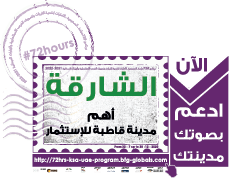
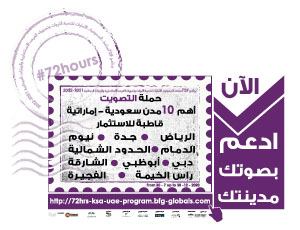
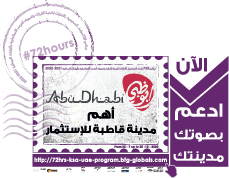
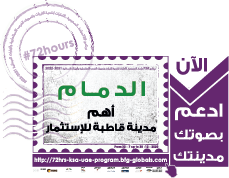
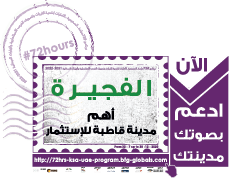
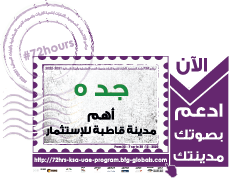
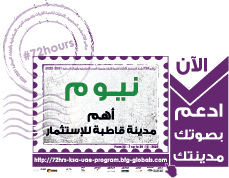
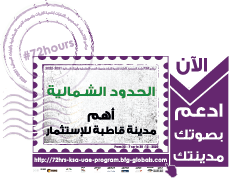
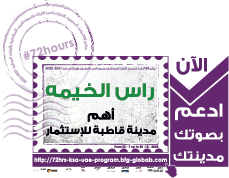
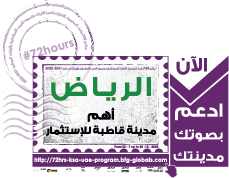










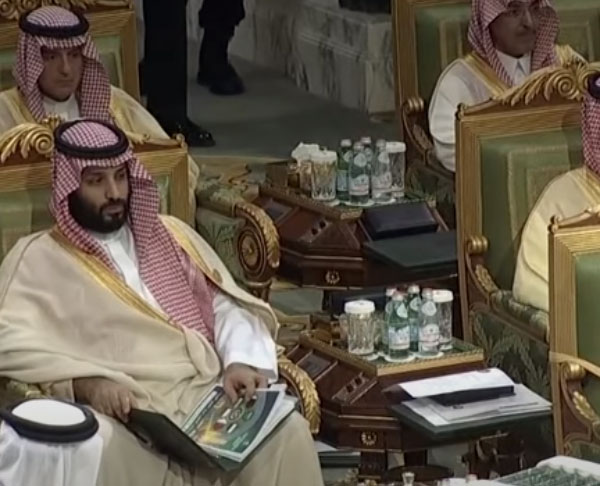
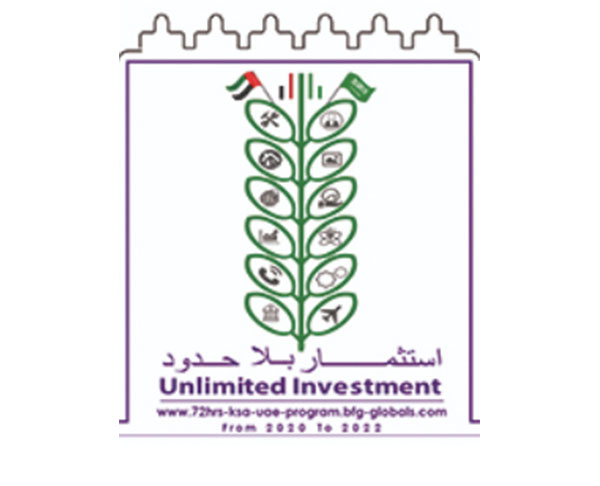
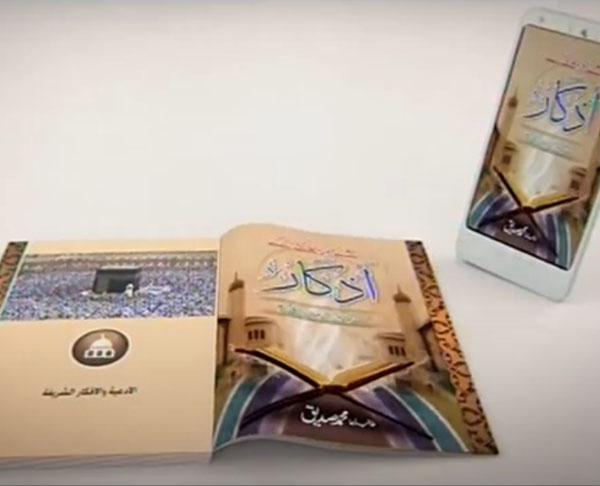

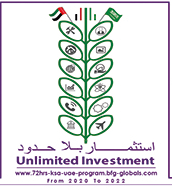
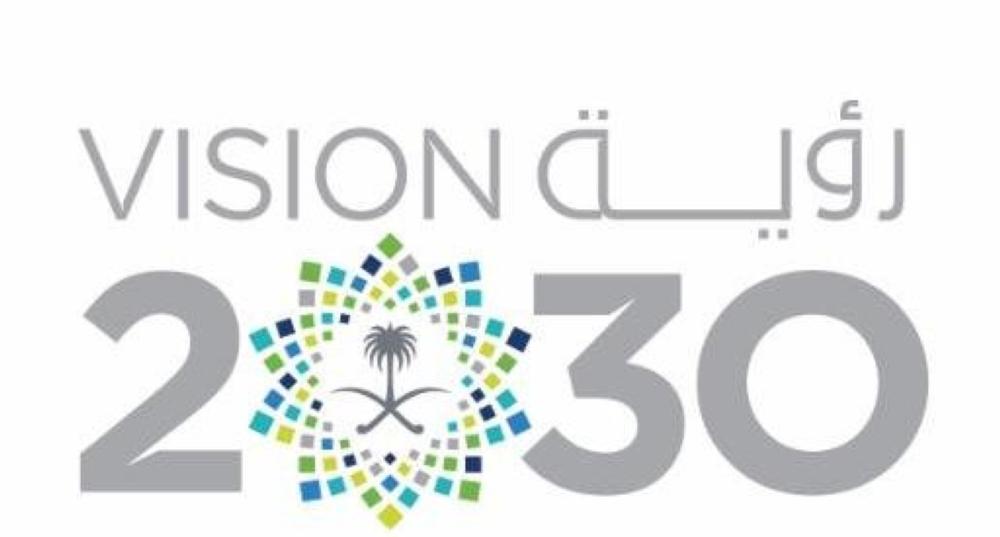
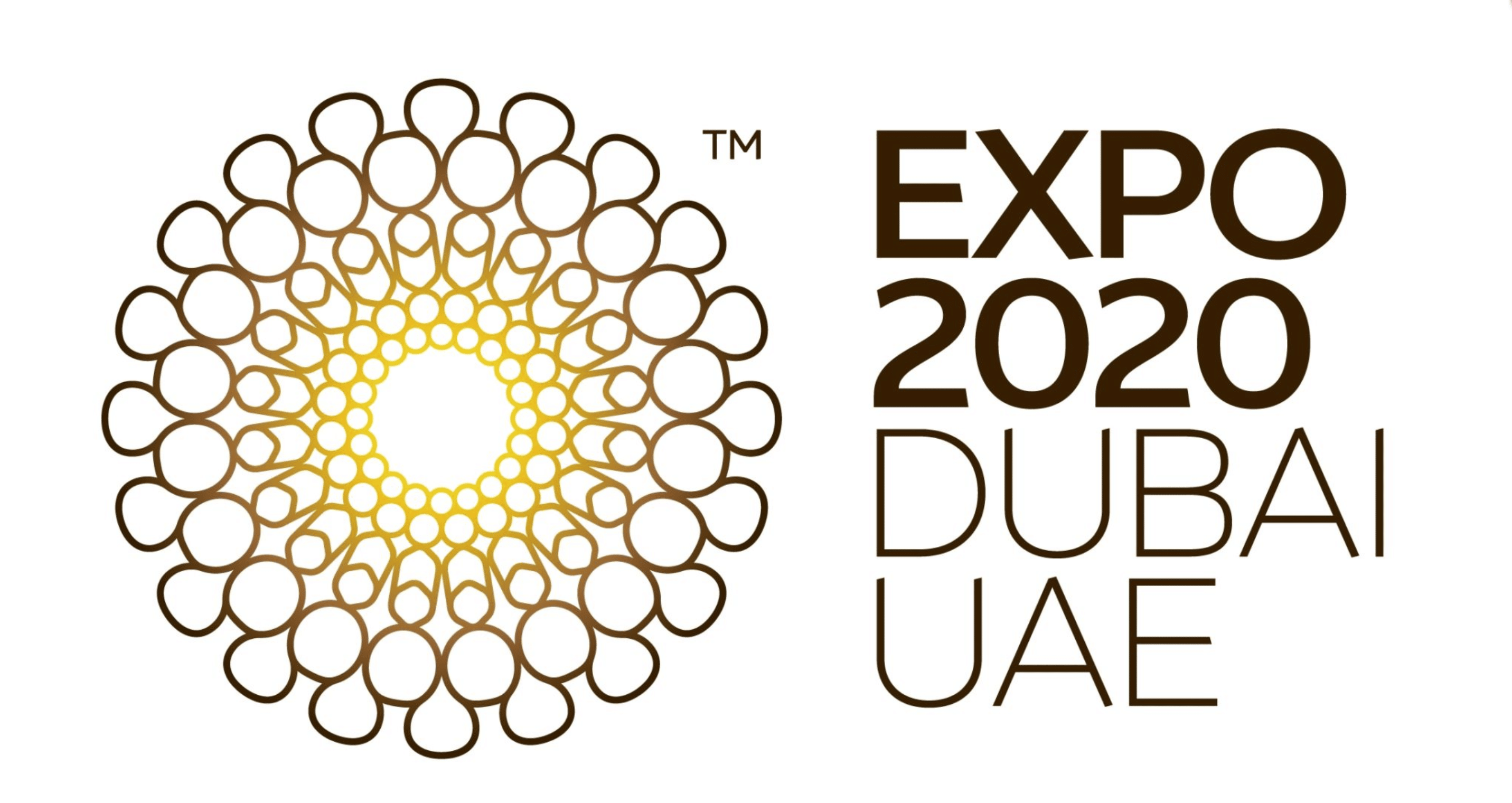
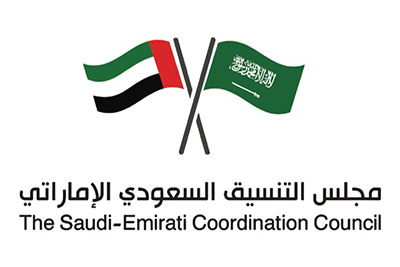
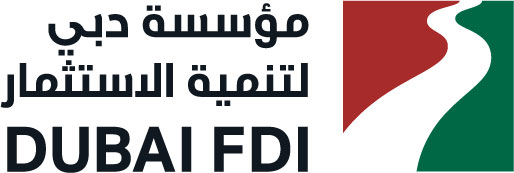
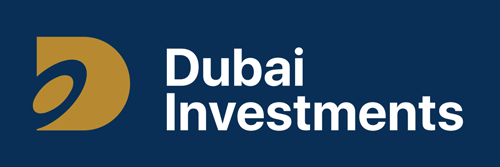
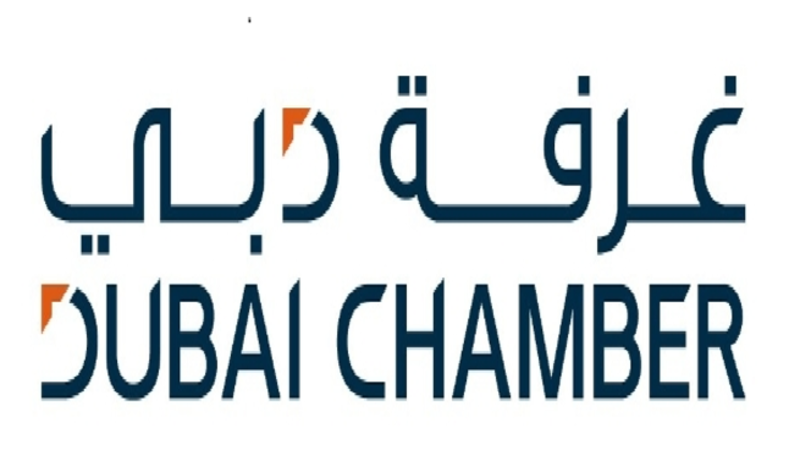
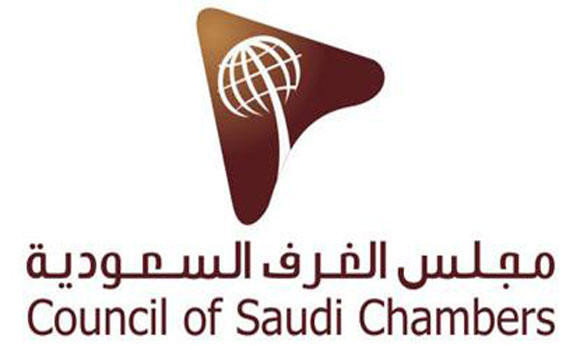


















تواصل معنا